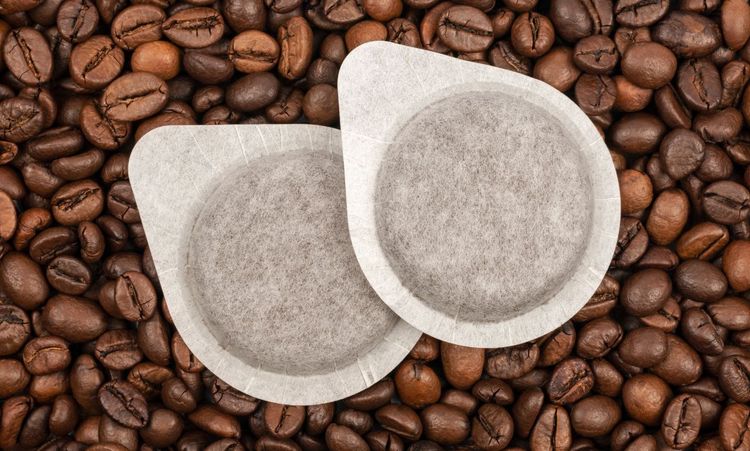Eating can feel confusing during recovery. Signals may seem faint or mixed. Many people try to rebuild a steady relationship with food but find the process overwhelming. The hunger scale offers a simple guide. It gives structure without harsh rules. It also creates space for curiosity. This article explains how the scale supports treatment. It also shows how professionals use it in clinical care.
What is the hunger-fullness rating system (hunger-fullness scale)?
The hunger-fullness scale is a tool that helps people observe internal cues. It typically ranges from one to ten. Lower numbers reflect strong hunger. Higher numbers reflect deep fullness. The scale teaches people to check in with their bodies. It encourages honest reflection about sensations. Therapists also use it to understand patterns around eating.
How does the hunger scale work?
The scale works by helping people pause before and after eating. Users rate sensation levels. They learn how their bodies communicate. They also track shifts during meals. This process builds trust in internal signals. Clinicians then use the information to support treatment goals. The scale becomes part of an ongoing conversation.
Can the hunger and fullness scale be misused?
The scale can be helpful but missteps happen. Some people treat the numbers like rigid rules. Others try to “hit” perfect levels each time. That approach can feel restrictive. Recovery work encourages flexibility. The scale supports awareness, not control. Providers teach clients to use it gently. Compassion must guide the process.
Download and print the hunger and fullness scale
Printable versions of the scale are widely available. Many treatment programs provide templates. Printed copies help people stay consistent. They also work well during appointments. A physical sheet offers a quick reminder to check in. It brings structure during moments of uncertainty. People can keep copies in kitchens or bags.
How to start using the hunger fullness scale
Begin by checking your level before meals. Ask simple questions. Notice sensations without judgment. Rate your level on the scale. Eat according to your needs. Pause halfway through your meal. Rate your level again. Finish the meal with care. After eating, check once more. This practice builds awareness over time.
How Within Health incorporates the hunger scale
Within Health uses the scale with structured therapeutic support. Clinicians guide clients through each step. They help interpret signals with care. They also address concerns that arise during practice. The tool becomes part of a larger program. Clients learn to reconnect with hunger cues. They also learn how emotions affect appetite. Within Health blends clinical insight with daily skills.
What is the hunger scale?
The hunger scale is a simple rating system. It helps people locate hunger on a spectrum. It offers numbers to describe internal cues. It also makes discussions easier during treatment. Clients often find that naming sensations reduces stress. This structured language supports long-term recovery work.
What part of the brain controls hunger and satiety?
The hypothalamus plays a key role in hunger. It responds to hormone signals. It also monitors the body’s energy needs. The brainstem supports basic eating behaviors. Other regions add emotional context. These areas work together. They shape appetite patterns. Understanding this system helps clinicians explain changes during recovery.
What role do hormones play in hunger and satiety?
Hormones send messages about hunger. Ghrelin rises when the body needs fuel. Leptin signals fullness after eating. Insulin also influences appetite. Stress hormones can disrupt hunger cues. Treatment often involves understanding these signals. Clients learn why cues may feel unclear. They also learn how regular meals restore balance.
What is satiety?
Satiety describes the feeling of comfortable fullness. It arrives after the body receives enough fuel. Satiety is not the same as being stuffed. It reflects balance and comfort. The hunger scale helps people notice this point. Over time, recognition becomes easier. Treatment supports this awareness.
Additional Insights on Using the Hunger Scale
Introducing deeper guidance helps people feel more confident with the scale. The practice grows with repetition. People often start slowly. They might notice only basic sensations at first. With time, the signals feel clearer. Treatment teams remind clients that progress comes in small steps. No one needs to master the scale quickly. The goal is steady awareness.
Introducing Practical Examples
Here are some helpful scenarios people discuss in treatment. Someone may sit down for lunch and feel unsure about hunger. They pause and check the scale. They might notice mild stomach tension. They could place themselves around a three. Another person might wait too long to eat. They start shaking slightly. Their rating might fall near a one. These examples help clients connect numbers with real sensations.
Introducing Common Challenges
Some individuals feel pressure to choose the “right” number. They worry about being wrong. Clinicians reassure them that the scale has no perfect score. It simply reflects a moment. Other people feel frustrated when cues shift quickly. Hunger can rise fast. Fullness can take time to appear. The scale helps track these shifts. Clients learn to adapt with patience.
More on How Professionals Support Scale Use
Therapists keep the experience grounded. They remind clients to use calm language. They also encourage breaks during meals. A slow pace helps signals emerge. Nutritionists explain body mechanics. They discuss how regular meals support brain function. This guidance prevents confusion. Clients learn why cues may feel muted early in treatment.
Personal Story Section
One client once shared a memory about early recovery. They said hunger felt “like a radio with static.” They struggled to hear anything. Their team used the hunger scale daily. With time, the static faded. The scale helped them rebuild trust. This story shows how consistency supports recovery. It also shows how the scale gives structure during uncertainty.
Expanding on Brain and Body Factors
The brain receives messages constantly. These signals include sensory input, emotional input, and hormone signals. Many clients feel surprised when they learn how stress affects hunger. They often think hunger should appear in a simple way. Treatment explains why cues change. Recovery brings these signals back into balance. The hunger scale acts like a compass.
How Satiety Supports Treatment Goals
Satiety helps guide meal completion. People often eat past comfort during recovery. Others stop too soon. The scale offers a reference point. Clients can aim for gentle fullness. They learn what comfortable levels feel like. They also learn how emotions can mimic fullness. Over time, they build confidence in their cues.
Encouraging Long-Term Use
The scale remains useful even after formal treatment. Many people keep using it quietly. It helps with stress eating. It helps during schedule changes. It also supports mindful habits. The tool becomes a calm voice. It encourages steady check-ins. People learn to respond with care instead of judgment.
Final Practical Tips
Introducing simple habits can strengthen the practice. People can set gentle reminders before meals. These reminders prompt quick check-ins. The habit becomes natural after a while. Some clients prefer writing short notes. Others use mental cues. The key is consistency, not perfection.
Introducing Mindful Questions
Helpful questions support deeper awareness. People can ask, “Where do I feel hunger today?” They can also ask, “Does stress change my cues?” These questions spark reflection. They prevent automatic responses. They also highlight emotional influences. Clients gain clarity through these moments.
Introducing Eating Environment Ideas
A calm environment can make cues easier to notice. People often eat quickly or while distracted. Treatment teams suggest reducing noise. They also encourage slower pacing. This approach helps the body communicate. Hunger and fullness signals appear more clearly. It creates space for mindful choices.
Conclusion
Introducing the hunger scale into daily life feels different for everyone. Some learn quickly. Others need time and patience. The tool works best when paired with support. It encourages steady growth. It brings awareness back to the body. Recovery becomes more manageable with this gentle structure. This approach supports healing and strengthens trust in natural body cues.




